
We would all want to receive more leads, but running sponsored advertisements for the first time might be nerve-wracking.
No one wants to see a hard-earned ad budget go down the drain. As a result, one of the most rewarding aspects of working in business is discovering the factors that lead certain companies to succeed while others fail.
If you want to reach the people that make up your ideal customer base, you should spend money on advertisements in the most effective manner possible.
A place with over 2.9 billion monthly unique visits and 5 billion daily interactions.
Someplace like Google.
Google Ads was introduced barely two years after the establishment of Google.com, which has since grown to become the most visited website in the world. The advertising platform first appeared in October 2000 under the name Google Adwords, but in 2018 underwent a rebranding effort and is now known simply as Google Ads.
It's common knowledge that in the modern day, a higher CTR (click-through rate) means a higher chance of acquiring new clients and that this is directly proportional to the quality and focus of your sponsored marketing efforts.
Therefore, it's no surprise that Google Ads has grown in popularity among companies of all kinds.
Here you will learn different ways to generate more leads through google ads.
What are Google Ads?
As a paid advertising platform, Google Ads is part of the marketing strategy known as pay-per-click (PPC), in which the advertiser pays each time one of their ads is clicked or shown to a website visitor (the CPM model).
Using Google Ads is a smart strategy for attracting potential clients who are actively looking for goods and services much like yours online. Increased exposure on Google means more people are visiting your website, calling your business, and maybe purchasing from you in person.
With Google Advertising, you can make and distribute timely ads (on mobile and desktop) to your desired demographic. So, when potential clients use Google Search or Google Maps to hunt for businesses like yours, you'll be there to greet them.
This way, your ads will be seen by the right people at the right time.
Why Should You Market on Google?
Over 5 billion searches are performed every day on Google, making it the most popular search engine. Furthermore, Google Ads has been operational for nearly two decades, making it a senior in the domain of sponsored advertising.
People all around the globe rely on Google to look for information using the search engine's blend of organic and paid results to answer their inquiries.
Do you need one more reason? There is evidence that your competitors are advertising on Google (and they might even be bidding on your branded terms).
Because hundreds of thousands of businesses use Google Ads to market themselves, even if you rank organically for a search query, your results will appear lower on the page than those of your rivals.
7 Ways to Get More Business Leads
Here are seven easy ways to use Google Ads to produce more leads from your next advertising campaign and obtain an edge over the competition.
1. Take Customers Away From Your Competitor
Consumers typically use search engines like Google to learn more about businesses they are already aware of before making a final purchase decision at the conclusion of the buyer's journey. Even if you aren't one of those companies, you can still obtain a share of that high-quality traffic by placing bids on the brand names of well-established industry giants in your sector.
In this approach, you may be seen by potential consumers when they conduct a search for the leading competitors, increasing the likelihood of converting such searches into sales.
Bidding on misspelled words of your competitor's brand is another approach to take advantage of this. Brand names are frequently misspelled in searches. You may swiftly get to the top with a small amount of advertising investment by capitalizing on such blunders.
2. Use Well-Optimized Landing Pages in Your Campaigns
Advertising campaigns often fail to get the desired results because of serious flaws in the landing page. You can easily lose all of your money if an ad leads to a broken landing page. Keep in mind that Google Ads charges per click. When visitors reach the landing page expecting something more engaging but end up leaving, nevertheless, it's frustrating for everyone involved. Because even a single click on your ad indicates interest in your offer, this strategy might generate a substantial number of leads.
Optimized landing pages are designed to avoid user disappointment and generate leads (here are some tips). The objective is to have interested customers click on the ad, which will then take them to a specific landing page.
Example of a Test Landing Page
With Google Ads' experiments feature, you can run objective A/B tests between two different landing pages. Both maximizing conversions and minimizing costs per lead are worthwhile objectives. This will allow you to demonstrate the efficacy of a certain landing page in meeting your needs.
When designing a website, the first step is always choosing the landing page. This is not how most business websites should begin. Let's say someone in Berlin is looking for business coaching and comes across your ad. Instead, clicking will take you to the homepage, where you may browse upcoming coaching sessions across a wide range of disciplines and locations. No results were found for "business coaching in Berlin," thus the user will need to do a fresh search on the destination page. This is annoying, and it often causes people to switch back to Google to ask questions there instead. Accordingly, it is crucial to have dedicated landing pages for each ad group.
You may now directly connect your advertising to their respective landing pages. The landing page should provide relevant offers and distinctive selling elements. There should also be calls to action or potential next steps presented. Clear prompts such as “Ask us anything” or “Get a free quote” translate directly into the lead category you have selected for yourself.
Mobile-friendliness of landing pages is very important. The popular claim that "our consumers inquiry through desktop PC" has some validity. However, this does not demonstrate the extent to which research is conducted during the numerous hours spent in meetings, business trips, and transportation. And it's done through the convenience of a mobile device. In spite of the fact that this traffic does not directly result in the request, it is crucial if you want to maximize your own lead generation.
Finally, there is currently no such thing as an ideal landing page. More people are being tested to see whether they can convert into leads. Justifiable inquiries include "Is a promo video more successful than product images?" "Do more people inquire if the landing page has more / less text?" and "What is the effect of seasonal discounts?" Using Google Ads A/B testing or Google Optimize, you may run tests spanning a few weeks to find out the answers. In this approach, a landing page that is demonstrably better soon becomes financially valuable.
3. Aim for People Who Aren’t Quite Ready to Buy
This runs as opposed to what most people believe to be the proper way to utilize Google Ads. However, that's precisely what makes it so brilliant.
You might opt to view Google Ads as a source of traffic instead of the more common view that it is a conversion engine. This trick will allow you to bid on cheaper keywords, bringing in visitors that may be further segmented in your marketing funnels.
First-time visitors who don't turn into buyers shouldn't be counted as lost revenue as long as proper marketing channels are in place. These customers can be saved for the next stage of your sales process.
4. Creative Ads That Generate Sales Leads
When it comes to internet advertising, Google Ads stand above the rest. You may and should include useful information as part of search results to better assist users. Elements that draw attention away from the ads, such as ambiguous titles or too explanatory copy, feel out of place.
Advertising is generally the initial point of contact between a firm and a potential customer, so keep that in mind. You must also differentiate yourself from the competition within the ad unit. There are four essential parts to every effective ad for generating leads:
- The screen promptly explains everything to the user.
- It emphasizes the firm's USP (unique selling proposition).
- A landing page's calls to action are purpose-built around the page's primary selling point (turning users into leads).
- Having them will increase long-term awareness of your business or product.
Ad design example
The ad gets to the point, emphasizes special selling qualities, and ends with a direct invitation to take action. In addition, the company's name serves as a brand.
Once you have identified a procedure for high-quality advertisements, you fill the ad groups with it. Consider the following: Make enough ads to keep things interesting, but avoid being repetitive.
As a general rule, it is sufficient to use two or three standard text advertisements per ad group in addition to a responsive search network ad (RSA). This ad format allows for up to fifteen headlines and four body copy options, which are cycled through the search query level. Google Ads will automatically run tests on different iterations. Your finest ad variation will eventually win in the long run.
5. Explore a Wide Variety of Keyword Options.
Many digital marketing experts recommend spending significant time and energy on keyword research.
Finding the right keywords and search subjects that are relevant to your business and in line with what your potential consumers are really searching for on Google as they make purchase decisions is the main goal of this tool.
As a major factor in determining your total Ad Rank, Google evaluates the relevancy of your ad text to its target audience when calculating your Quality Rank for a given keyword. Your ad will be placed at the bottom of the search engine results page if it is deemed to be of poor relevance.
Using the free Google Keyword Planner, you can research and organize keywords to improve your Quality Score and, by extension, your Ad Rank. Having a higher Ad Rank means a higher placement in search engine results. More eyes on your ad and a higher CTR mean more potential customer leads for your business and a higher return on investment.
6. The Use of Negative Keywords Can Help Reduce Clicks From Users Who Are Not Qualified
To get your advertisements to show up for the right keywords, you need to research and target them, but you also need to keep your advertising away from the wrong ones. Inadvertently achieving a high position for the incorrect keywords can have a devastating effect on your Google Ads performance, distorting both conversion rates and ad impression statistics.
This may seem backward compared to more conventional methods of advertising that seek to attract the largest potential audience. At the end of the day, though, first impressions are always important, right? It's no longer the case. The capacity of firms to connect with their ideal customers at the perfect moment has been revolutionized by digital advertising and marketing. It's more important to think strategically than to use brute force, especially when ad clicks cost money.
In Google Ads, negative keywords are organized in three ways:
Negative broad match: If a search contains all of your negative keyword words, your ad will not appear.
Negative phrase match: To avoid having your ad appear in results if the search phrases are in the same order as in your ad.
Negative exact match: If the search query contains all of your targeted keywords in exactly that sequence and contains no more words, your ad will not appear.
Using negative keywords, you may increase the percentage of qualified leads from your advertising and decrease the percentage of irrelevant ones.
7. Find High-Converting Promotions
Every AdWords ad should be promoting something useful to your target audience. And if you don't, how are you going to win them over?
What many people don't realize, though, is that adjusting your offer might be the quickest method to boost your AdWords results. Do you and your 10 other rivals all give a free consultation to potential customers? Then you'll have a hard time distinguishing yourself.
Remember that your offer (or call to action) is just a worm on the end of a fishing hook. Consider it your bait. Something like this is what you use to get consumers to go forward in your sales funnel.
When fishing in different oceans, do you believe the same slim worm would attract different species of fish? Without a doubt, NO!
You need a variety of baits at your disposal that you can quickly switch out.
The people who find your site through a search engine may be interested in one type of offer or call to action, while others who find it through display ads may be looking for something quite different.
To better understand this topic, you need to learn about the conversion cycle of your customers and whether or not they originate from sources of traffic that are extremely cold or hot.
Let's compare and contrast.
Let's pretend, like many of your rivals; you're offering a free initial consultation. But what if your visitors aren't prepared to make such a long-term commitment?
Who knows? Maybe they feel threatened by it. There's no need to bother them with a sales pitch.
What if, before they could buy, you had them micro-convert on a multiple-choice quiz or gave them a free guide that was both useful and solved their problem?
But what's the best part about discovering new deals? If you've been scratching your head over AdWords and landing page optimization, this easy remedy might be the answer you've been looking for.
We've tested several PPC ad campaigns and found the following offers to be particularly effective across a variety of visitor types and sources:
- Discount Coupon Codes
- Checklist/Cheatsheet
- Quiz
- Video/Video Course
- Hardware Kit (collection of tools)
- Calendar
- Podcast/Interview
- Consultation
- Live Demo
- Tickets
- Email Course
- Physical Product
- Swipe File
- Infographic/Gifographic
- Custom Pricing
- White Paper
- eBook
- T-Shirt
- Industry Stats
- Case Study
- Etc.
You can split-test variations of a winning new offer after you've found one.
Conclusion:
You need to have a strategy in place from the get-go if you want to succeed at lead generation with Google Ads. Although short-term successes are typical, long-term optimization may automate the process of producing high-quality leads.
In order to achieve success, you must plan ahead and sketch out your objectives with the help of conversion tracking. Make sure that from the beginning, you have advertising and landing pages that are well-suited to your target audience.
There's no need to freak out if your cost-per-lead (CPL) changes wildly at first. With Smart Bidding, you can find and hit your perfect CPL. If you have good information, Google Ads may generate a lot of leads for you.
About the Author
Related Article
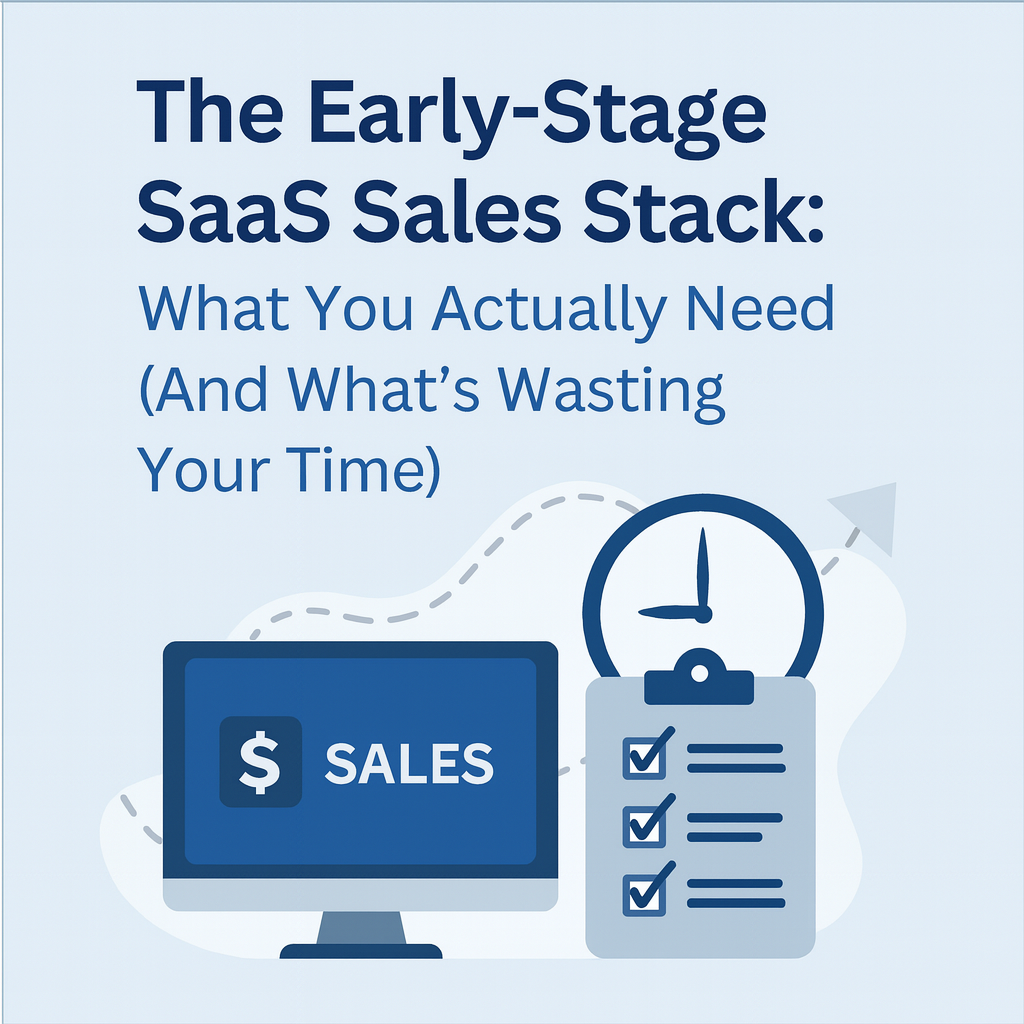
The Early-Stage SaaS Sales Stack: What You Actually Need (And What's Wasting Your Time)
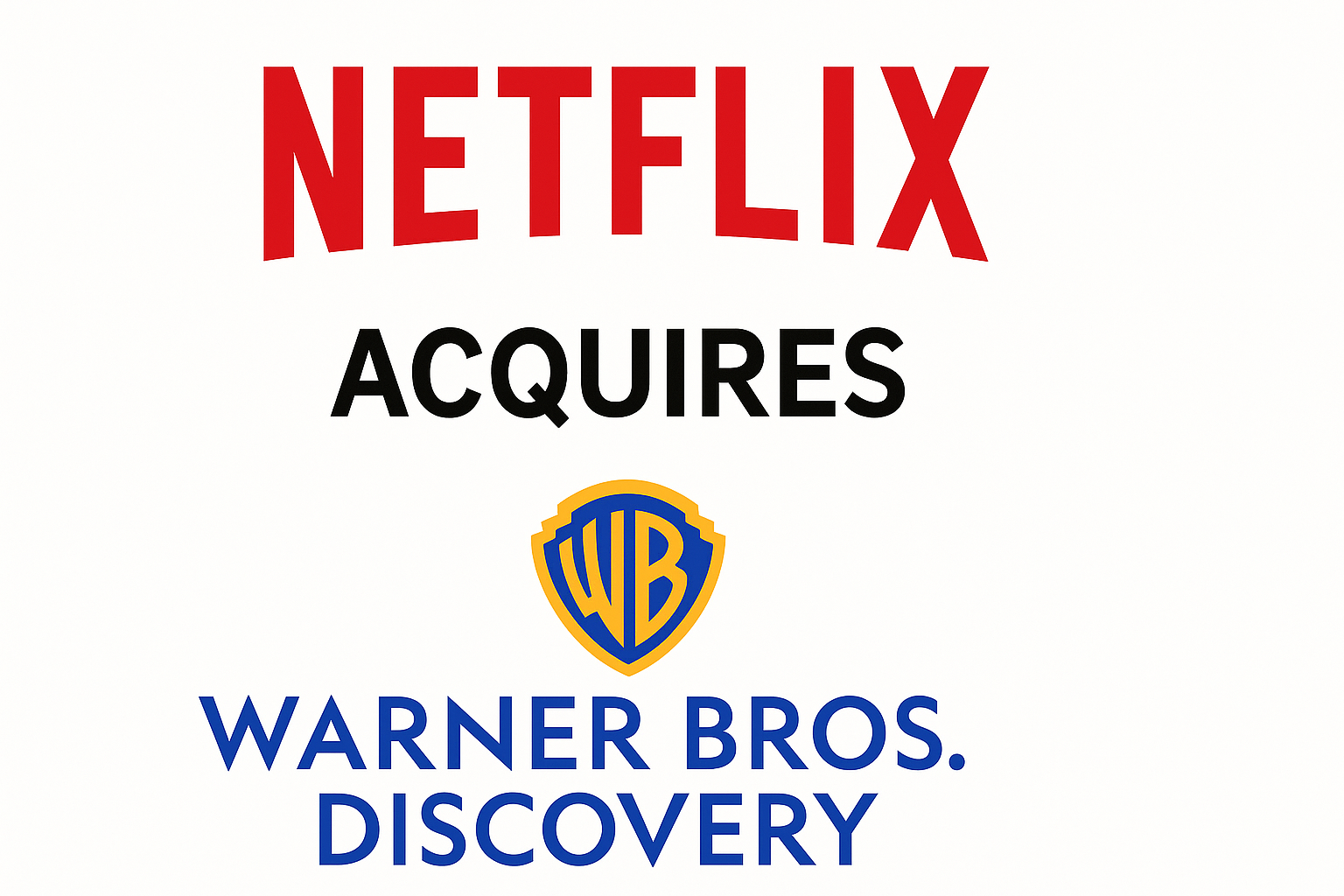
What Netflix's $72B Warner Bros Acquisition Reveals About SaaS Market Consolidation

.png)






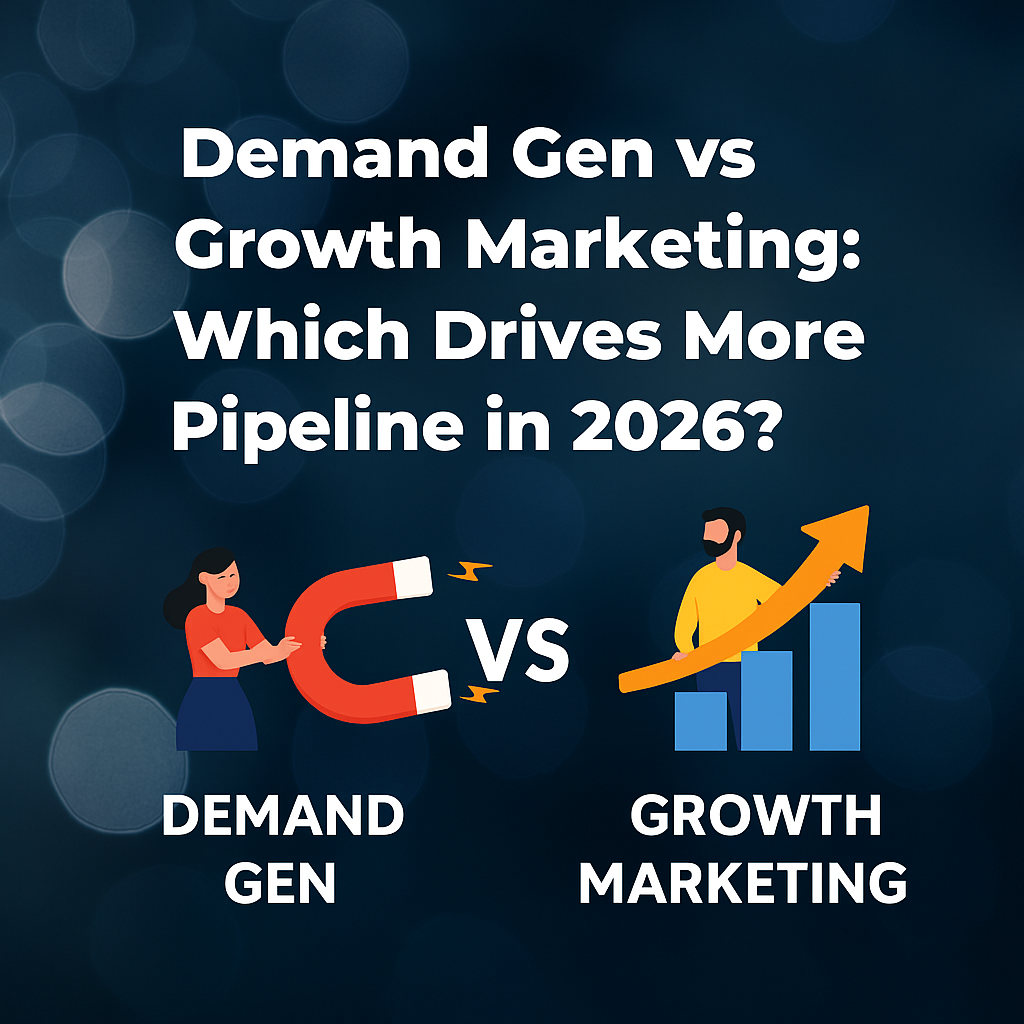


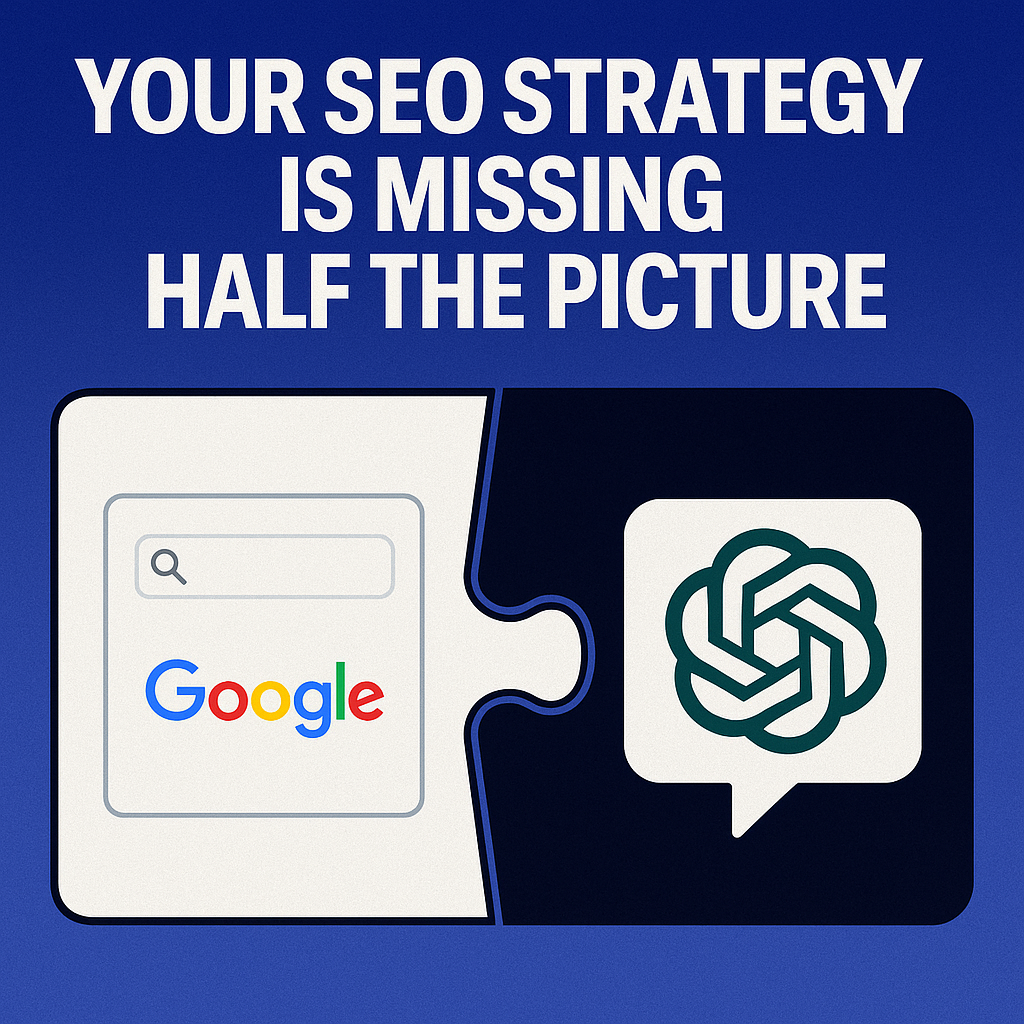
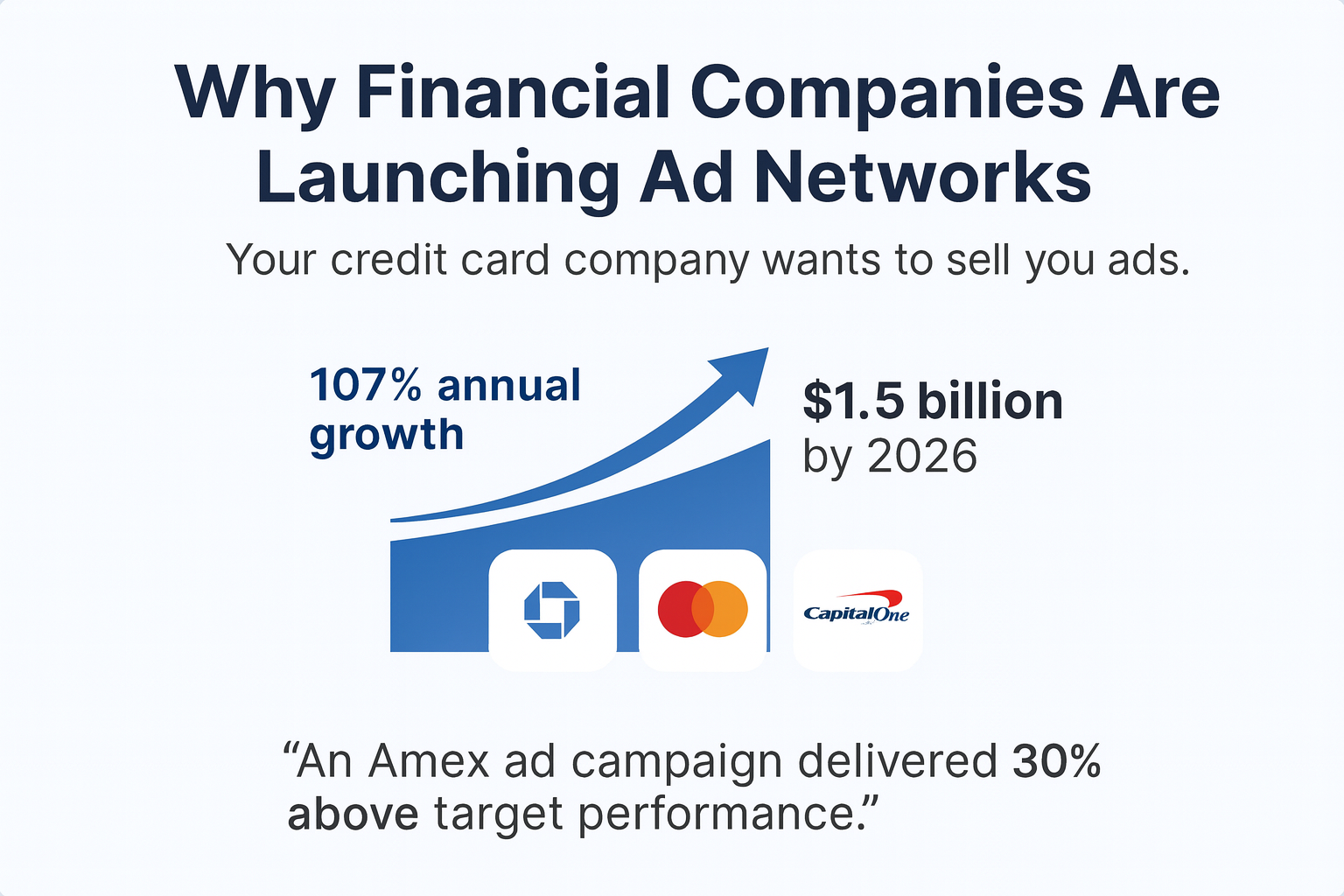
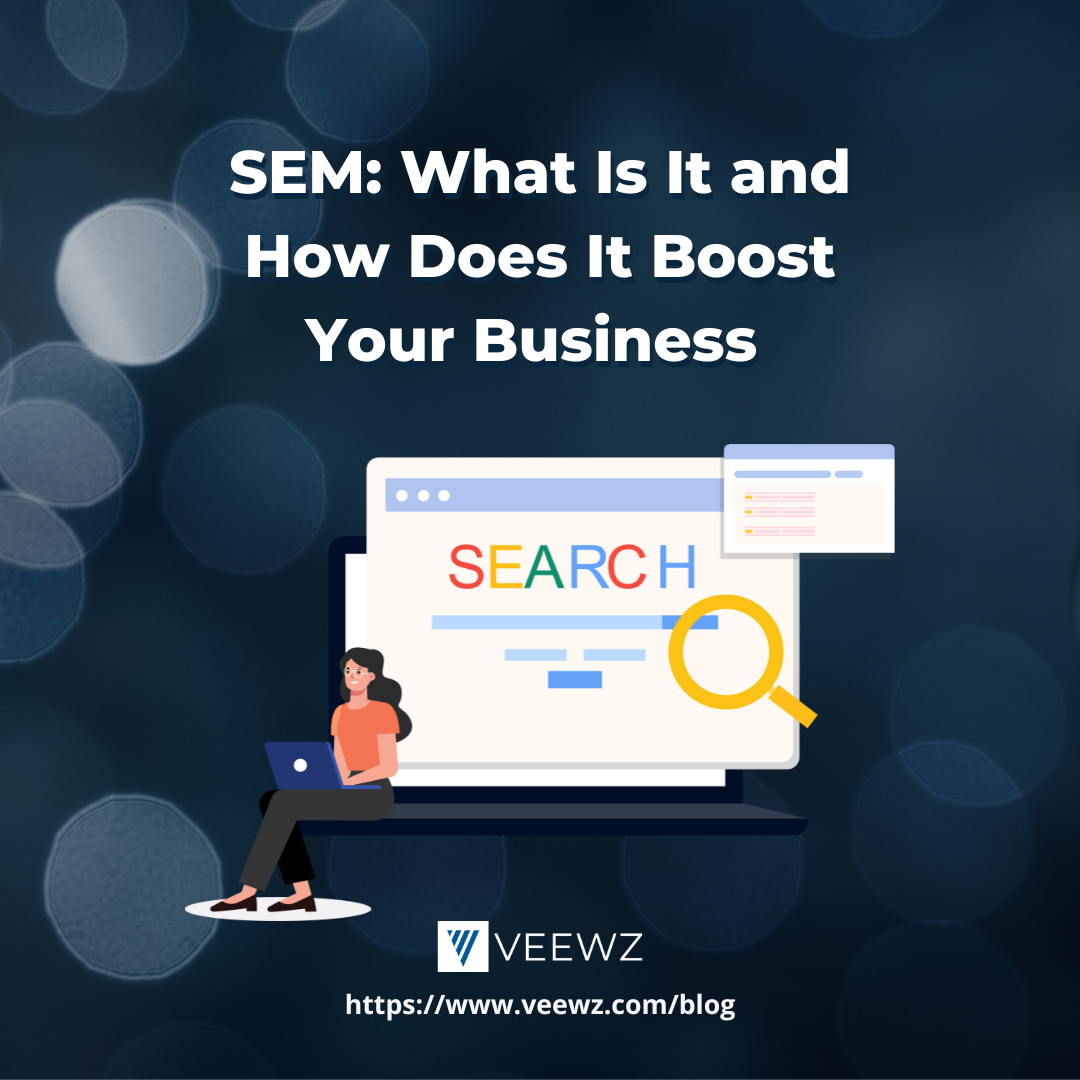








.png)






















.png)

.jpg)





.jpg)




